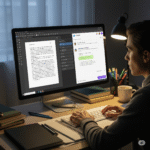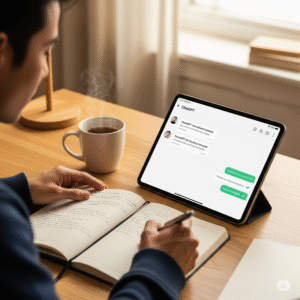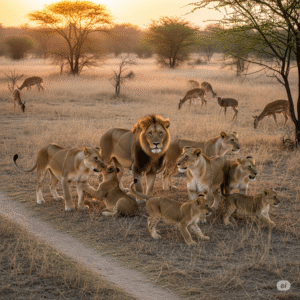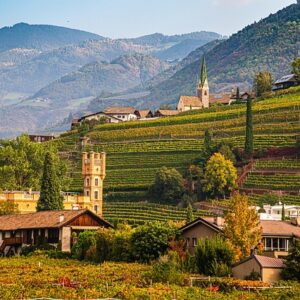Introduction
Art and culture have long been powerful tools for political expression, transcending barriers of language and geography to convey ideas and inspire change. For today’s youth, creativity offers an accessible and impactful way to engage with political and social issues. From street art and music to digital media and performance art, young people in India are using cultural mediums to address pressing concerns, challenge norms, and advocate for reform. This article explores how art and culture empower youth in political expression, creating a vibrant and transformative space for activism.
Art and Culture as Catalysts for Political Engagement
1. Amplifying Voices Through Creative Platforms
Art provides a medium for youth to articulate political ideas and address societal issues in innovative ways.
- Example:
- The rise of street art movements in Indian cities, such as the murals in Delhi’s Lodhi Art District, showcases how young artists use public spaces to highlight issues like environmental degradation and gender equality.
(Source:St+artIndiaFoundation)
2. Breaking Barriers to Political Participation
Cultural expression allows marginalized youth to bypass traditional barriers to political engagement, such as socioeconomic constraints or systemic discrimination.
- Example:
- Folk music and regional storytelling have been instrumental in bringing tribal and rural issues to national attention, as seen in movements advocating for land rights and environmental conservation.
**Forms of Artistic Political Expression
1. Visual Arts: From Protest Posters to Murals
Visual arts have become a prominent form of youth-driven political expression, with powerful imagery conveying messages of resistance and change.
- Example:
- During the CAA-NRC protests, young artists across India created posters, paintings, and graffiti to express dissent and rally support.
2. Music and Spoken Word
Music, poetry, and spoken word performances allow youth to communicate political messages emotionally and persuasively.
- Example:
- Independent artists like Prateek Kuhad and hip-hop collectives such as Street Academics have used their platforms to address social issues like inequality and mental health.
(Source: Ministry of Culture)
3. Digital Storytelling
Social media and digital art have enabled young creators to amplify their political messages to a global audience.
- Example:
- Platforms like Instagram have seen an explosion of youth-led political art addressing issues like gender equality and LGBTQ+ rights.
(Source:DigitalIndia)
4. Theatre and Performance Art
Street plays and interactive performances have a rich history in India, offering a dynamic way for youth to engage communities in dialogue about political issues.
- Example:
- The Jana Natya Manch, a theatre group that uses street performances to highlight issues like labor rights and caste discrimination, continues to inspire young activists.
Challenges in Using Art for Political Expression
1. Censorship and Suppression
Young artists often face censorship or backlash when addressing sensitive political issues, limiting their freedom of expression.
2. Limited Resources
Access to funding, platforms, and mentorship can be a barrier for youth from marginalized backgrounds seeking to use art as a medium for activism.
3. Risk of Misinterpretation
Artistic expressions can sometimes be misinterpreted, diluting their intended message or sparking unintended controversies.
Impact of Art and Culture on Youth Political Engagement
1. Fostering Dialogue
Art creates spaces for constructive dialogue, encouraging young people to think critically about political issues and engage in meaningful discussions.
2. Building Solidarity
Cultural expression fosters a sense of community among youth, uniting them around shared values and causes.
- Example:
- Collaborative art projects during movements like Save Aarey have brought together diverse groups of young activists.
3. Inspiring Change
Artistic movements have the power to inspire political and legislative changes by raising awareness and galvanizing public opinion.
- Example:
- Visual and performance art during India’s freedom struggle played a crucial role in mobilizing support for independence.
(Source: National Gallery of Modern Art)
Strategies to Empower Youth in Artistic Political Expression
1. Creating Safe Spaces for Expression
Public spaces and digital platforms must be safeguarded to ensure that young creators can freely express their views without fear of retaliation.
2. Promoting Accessibility
Government and private initiatives can offer grants, mentorship programs, and workshops to nurture young artists from all backgrounds.
3. Encouraging Collaboration
Partnerships between artists, activists, and policymakers can amplify the impact of artistic political expression.
Conclusion
Art and culture serve as transformative tools for youth to engage with politics, challenging norms and sparking dialogue in ways that transcend conventional methods. By providing platforms, resources, and protections, society can empower young creators to drive meaningful change through their unique perspectives and talents. In a world increasingly shaped by creative resistance, the voices of young artists are essential for shaping a more just and inclusive democracy.








